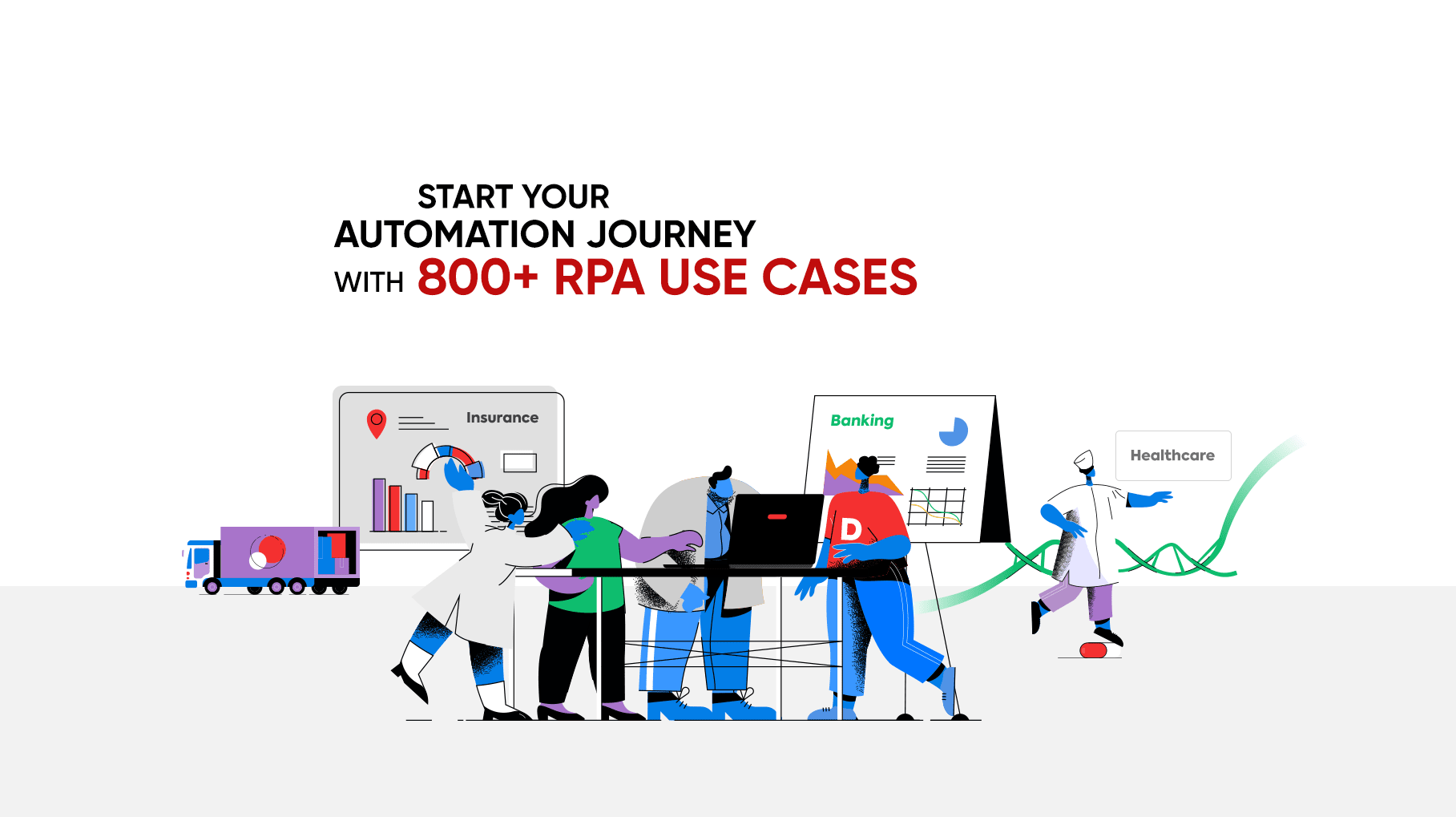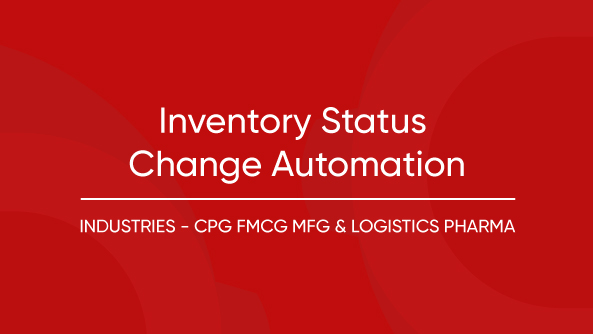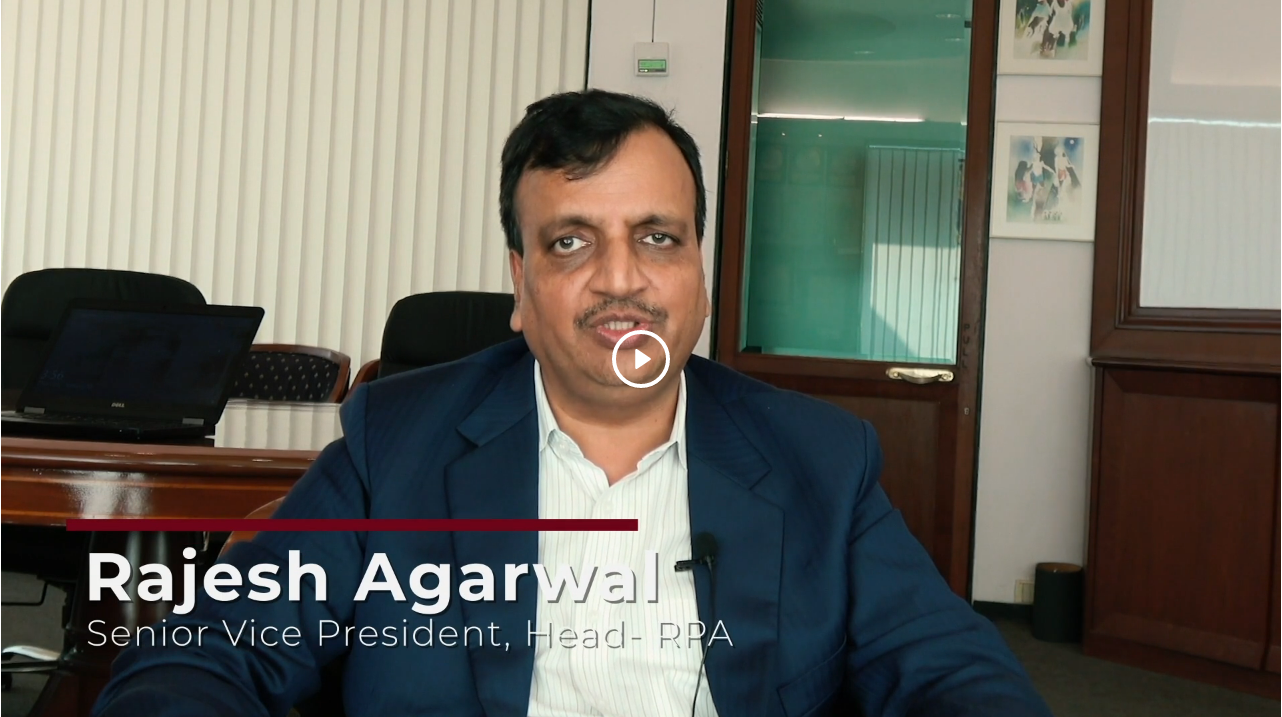Drive straight-through processing with Intelligent Automation
by Manan Shah, on Feb 23, 2022 7:30:00 PM
Estimated reading time: 2.5 mins
Business environments are replete with siloed work cultures and point solutions or singular task automations that remain human-dependent to a greater extent. As a result in case of resource unavailability, enterprises face frequent operational bottlenecks, decreased efficiency, and reduced output. So also, task automations tend to be fragile with lower degree of resilience to unforeseen exceptions. The automation continuum addresses such lacunae and offers increasing levels of straight-through processing. Enterprises have travelled a long way from the desktop automation era. Today, Intelligent Automation offers autonomous solutions that interweave and cut through all point solutions and establishes an end-to-end automation work culture.

What is straight-through processing or STP? How does Intelligent Automation drive STP?
Straight-through processing or STP is process automation without the involvement of humans at any of the processing nodes. Intelligent Automation improves STP through automation. It goes much beyond the rule-based automation that tackles simple tasks. It uses AI/ML algorithms to augment the various interspersed BPM solutions and brings in a higher degree of intelligence that drives autonomous decisions in a workflow. This capability improves through AI/ML-enabled continuous learning, higher volumes of the workload churned, and the exceptions handled with human-in-the-loop (HITL) intervention. The ensemble becomes more intelligent with time and improves the "Degree of STP", which is the primary requisite for end-to-end automation.
Watch how Intelligent Automation simplifies the Inventory Stock Change process and drives end-to-end automation in a siloed workplace environment >>
What are the prominent Intelligent Automation use cases?
By using Intelligent Automation components, such as RPA, IDP, BPM technologies, and AI/ML, enterprises can simplify increasing levels of process complexities in the enterprise ecosystem. Some prominent use cases for jumpstarting the journey along the automation continuum are –- Manufacturing industry: CRM and Sales Order integration, real-time inventory management, invoice data capture & invoice process automation, O2C automation, P2P automation, and reconciliation of records.
- Insurance industry: No claim bonus management, new business, general ledger reconciliation, master data management, underwriting, and claim processing.
- Banking and Financial Services: DOWAR management, outward remittance, loan & mortgage management, SWIFT networks, anti-money laundering monitoring, KYC updations, and trade finance management.
Click now to access the repository of 800+ Intelligent Automation use cases >>

What are the benefits of Intelligent Automation-driven STP?
Intelligent Automation uses an integrated approach to tie together siloed automation solutions and brings to the table a number of benefits –
- Straight-through processing: It facilitates transactions with no human involvement. Payment processing is a classic example of an autonomous system that is entirely driven by rule-based logic that grows intelligent with AI/ML driven continuous learning and zero business user intervention.
- Workforce augmentation: It augments the knowledge worker efforts and creates capacity for business operation expansion with the existing number of human resources.
- Cost optimization: It is hosted On-premise as well as on Cloud so that it has a maximum reach, is leveraged across geographically distant locations, and reduces operational costs.
- Process consistency: It drives a consistent approach in all process automations, is business user agnostic, and is scalable both horizontally and vertically without compromising on quality and output.
- High accuracy: It offers a very high degree of accuracy and drives first time rights in each and every process and sub-process.
- Stakeholder experience: It delivers a great user experience to both internal and external customers as well as improves stakeholder satisfaction.
- Regulatory compliance: It allows enterprises to automate regulatory compliance procedures with HITL involvement for supervision, if required on a case to case basis.
Watch how a large bank in the USA digitized and auto-classified 35 million documents with the use of AI/ML -mediated RPA >>
In short
Intelligent Automation goes much beyond rule-based task automation and creates a platform for end-to-end automation. It promulgates AI/ML-enabled autonomous decision-driven workflows and straight-through processing that grows intelligent and efficient with each batch process.



















